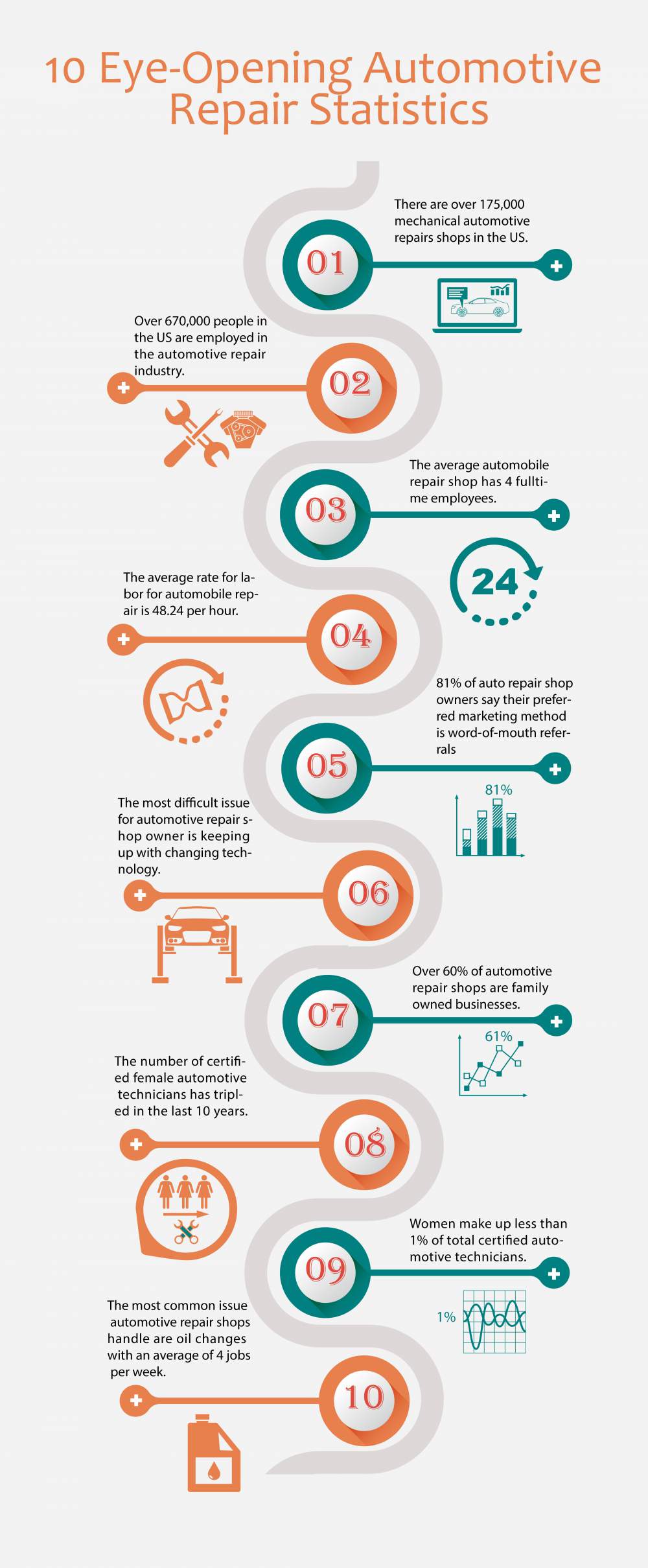Understanding The Most Constant Control Panel Warning Lights And Their Significance
Understanding The Most Constant Control Panel Warning Lights And Their Significance
Blog Article
Content Create By-Houghton MacMillan
When you lag the wheel, those control panel warning lights can be a real enigma. Yet did you know that decoding them can conserve you from possible car troubles later on? From the ominous check engine light to the subtle oil pressure caution and the ever-important battery light, each one serves as an important signal from your vehicle. It's time to shed light on these common dashboard warnings and furnish on your own with the knowledge to browse the road in advance.
Comprehending the Inspect Engine Light
When your control panel lights up with the check engine light, it is essential not to panic yet to take immediate activity. The check engine light functions as a warning that your automobile's onboard analysis system has actually found a prospective problem with the engine, emissions, or various other vital parts. Disregarding this light can result in a lot more serious issues down the road, so it's vital to address it immediately.
To understand the source of the problem triggering the check engine light, you can make use of an OBD-II scanner to get the certain trouble codes stored in your vehicle's computer system. These codes supply useful information that can help determine the underlying problem.
While some issues creating the check engine light may be small, such as a loosened gas cap, others might show more substantial worries that call for specialist interest.
Deciphering the Oil Stress Warning
Upon witnessing the oil stress warning light on your dashboard, prompt focus is essential. This warning indicates that the oil stress in your engine might be also reduced, which can result in significant engine damage if not resolved quickly. Reduced oil pressure can be caused by a selection of concerns such as a leakage, a damaged oil pump, or low oil levels. Neglecting this cautioning light might lead to expensive repair services or even engine failure.
If you see the oil pressure cautioning light come on, the initial step is to safely pull over sideways of the road and shut off your engine. visit the up coming document making use of the dipstick and guarantee it goes to the suggested degree.
If the oil degree is low, top it up with the proper oil for your lorry. If the oil level suffices, do not continue driving and look for help from an auto mechanic to identify and fix the concern quickly. Remember, keeping proper oil stress is crucial for the health and wellness and longevity of your engine.
Interpreting the Battery Light
To figure out the relevance of the battery light on your control panel, you should understand its important function in your vehicle's electric system. When the battery light illuminates while you're driving, it shows that the electric system isn't receiving adequate power from the battery.
This could be due to a failing battery, a damaged alternator, or concerns with the charging system. Ignoring this cautioning light could lead to your lorry stalling or being not able to begin.
If the battery light begins, it's advised to safely pull over and have your automobile inspected by a technician as soon as possible. They can perform diagnostics to pinpoint the hidden problem and prevent a possible break down.
Conclusion
Now that you understand how to determine the most common caution lights on your control panel and what they suggest, you can resolve any kind of possible concerns quickly. Keep in mind, the check engine light, oil stress warning, and battery light are all important indicators of your lorry's health. Remain notified, stay secure, and keep your auto running smoothly by taking note of these warning signs.
